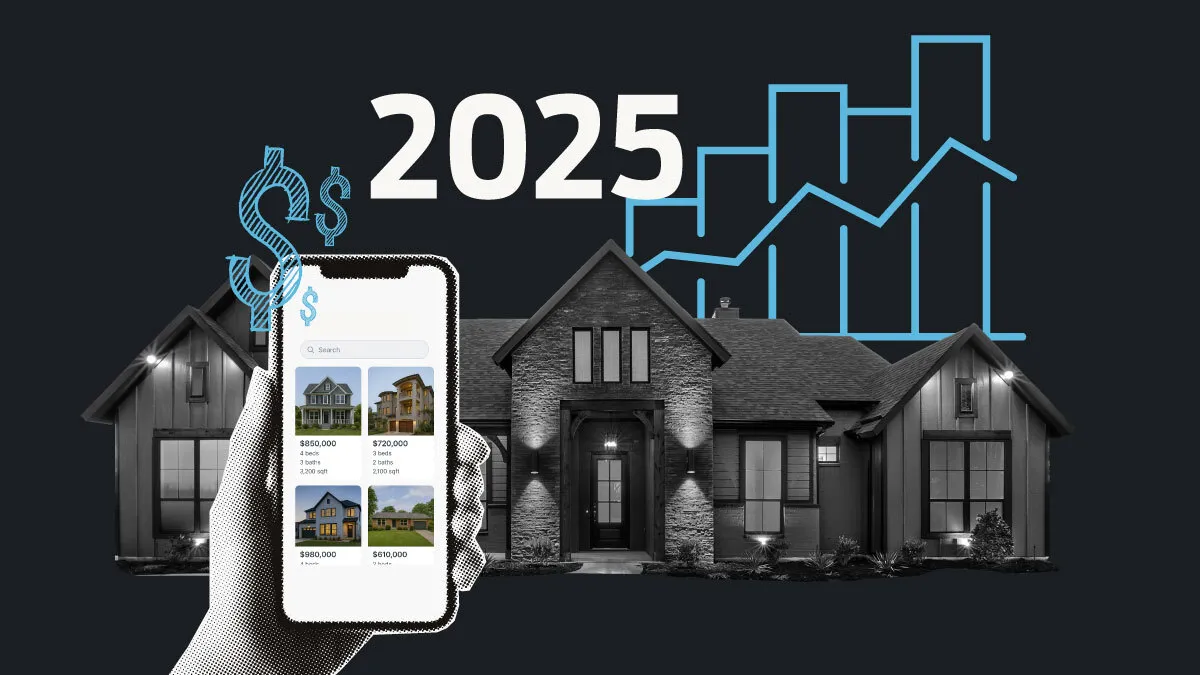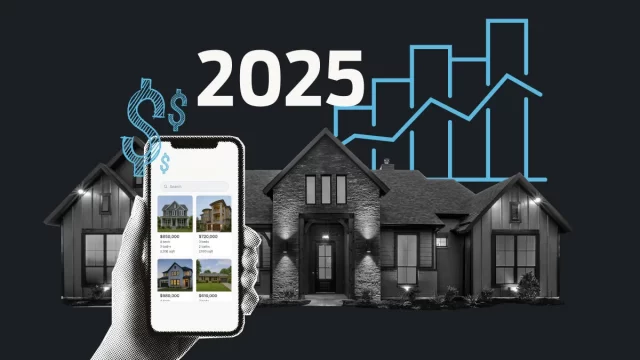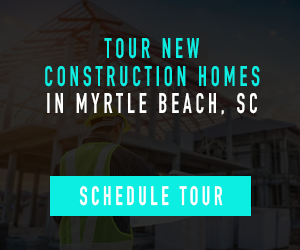
Concierge Auctions‘ 2025 Luxury Home Index reveals a market at a crossroads.
Prices remain high and inventory is tight. Demand hasn’t vanished, but luxury properties are taking longer to sell, listing discounts are widening and macroeconomic shifts are reshaping buyer behavior.
“Luxury hasn’t collapsed,” said Chad Roffers, CEO of Concierge Auctions. “But the fantasy pricing days are done. This market is honest — and it’s not always kind.”
Prices are up, but the peak has passed
Company data shows that sale prices for luxury properties rose 4.7% year over year.
That follows a steady 10-year trend. Prices are up 44.2% compared to 2015, representing average annual growth of 3.7%. But Roffers said the market hit its high-water mark three years ago.
“We peaked in 2021. That was the moment when everything lined up,” he said. “There was cheap money, COVID migration, zero inventory, and everyone racing to buy something with a pool. Since then, prices are still strong, but there’s gravity now.”
Buyers are still paying top dollar for prime properties in certain markets, but fewer are willing to chase prices into the stratosphere, Roffers said.
Gaps between list and sale prices
One of the most striking findings of the report is the growing divergence between what sellers ask for and what buyers are willing to pay.
On average, luxury homes sold for 13% below their initial listing price in 2024. That gap becomes even more pronounced the longer a home sits on the market.
For homes that sold within 180 days, sellers realized 94% of their original list price. For those on the market longer than 180 days, that number dropped to 81%.
“People still list properties based on what their neighbor got two years ago, or based on emotion,” Roffers said. “But this market punishes you for that. If you don’t price right out of the gate, you’re going to chase the market down.”
In 2024, the average luxury property took 319 days to sell, compared to the national median of just 60 days.
The longer timeline has consequences. Roughly one in eight homes took more than 600 days to sell. About 4% sat on the market for over 1,000 days — or nearly three years.
“There are a lot of ‘showpiece’ listings that look great in photos but aren’t priced to move,” Roffers said. “Eventually they find a buyer but often at a huge haircut.”
Homes that sold quickly — within 180 days — averaged only 89 days on market and held more of their original value. By contrast, homes that exceeded 180 days on market averaged 514 days and saw sharper price declines.
“It’s like produce,” Roffers said. “It has a shelf life. If you don’t get offers in the first three months, buyers start wondering what’s wrong with it. Then come the lowballs.”
Inventory remains tight
Despite longer sales timelines, inventory hasn’t ballooned. The report shows that supply remains constrained in many key luxury markets, which has helped keep prices elevated.
“Inventory’s tight everywhere,” Roffers said. “Sellers aren’t racing to list. A lot of them are sitting on low-interest mortgages and don’t want to trade into something more expensive.”
That scarcity has created pockets of competition, but only for move-in-ready, well-located homes.
Regional performance varied widely. The strongest growth came in Florida, the southern U.S., and coastal portions of the Northwest. Prices fell slightly in Southern California, New England and the broader East Coast region.
“Florida’s still crushing it,” Roffers said. “Between taxes, weather and lifestyle, there’s just no slowdown there. You’ve got both domestic and international buyers coming in strong.”
But other markets have cooled.
“The Northeast has a problem,” he added. “Buyers aren’t rushing to pay $10 million for a historic home in Connecticut anymore, especially when taxes are high and winters are brutal. It has to be truly special to justify the number.”
In the Mountain West and Southwest regions, enthusiasm is moderating.
“The Aspen and Jackson Hole frenzy has definitely chilled,” Roffers said. “People who bought during COVID are now rethinking whether they want to be snowbound eight months a year.
“Austin boomed during COVID, but the luxury market’s correcting. You can’t ask $12 million for a modern farmhouse in a place that didn’t have a luxury tier a decade ago.”
U.S. buyers looking abroad
International buyers remain active in the U.S., but Roffers notes a new wrinkle: Americans are looking abroad too.
“There’s been a noticeable uptick in U.S. buyers asking about France, the U.K. and Portugal,” he said. “The idea of buying a pied-à-terre in Paris or a villa in Provence is appealing when the dollar is strong and interest rates are high at home.
“We’re also seeing more overseas clients buying in the U.S. — especially Miami, L.A. and New York — but they’re extremely selective. They’re not playing catch-up anymore. They’re waiting for value.”
Private listings, interest rates, fraud
The Clear Cooperation Policy has made it harder to keep listings off the MLS, but the private market continues to thrive quietly behind the scenes.
“There’s a lot of whisper listing activity,” Roffers said, “especially for high net worth clients who don’t want exposure or who are testing pricing. Everyone knows the rules, but there are workarounds. Discretion is still a major selling point.”
High interest rates continue to shape the market — not by freezing ultra-wealthy buyers who often pay in cash but by shifting their expectations.
“Even if you’re paying cash, rates matter because they affect opportunity cost,” Roffers said. “A hedge fund guy will ask, ‘Why put $10 million into a beach house when I can get 5% on Treasurys?’ So they negotiate harder.”
Economic uncertainty has also made buyers more cautious.
“There’s an undercurrent of unease,” Roffers added. “People are watching the election, geopolitical stuff, market volatility. No one wants to feel like they bought at the top.”
Another factor weighing on luxury clients is a rise in title and deed theft concerns.
“We’re seeing more buyers asking about title insurance and fraud protections,” Roffers said. “They’ve heard stories — fake sellers, identity theft, even AI-generated documents. The more valuable the asset, the more attractive it is to scammers.
“Most luxury sellers or potential sellers own their home outright, and that creates a huge vulnerability to bad actors compared to someone who has a mortgage. It’s much harder to do that to someone with a mortgage.”
First Time Home Buyer FAQs - Via HousingWire.com








